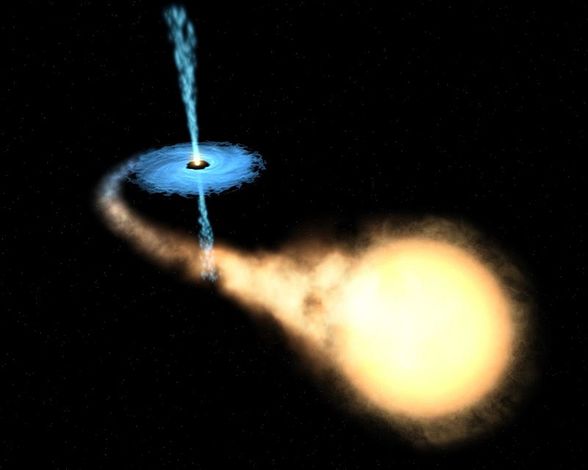Poland in Space 2015: UVSat Sattelite Concept
During this year’s edition of the Poland in Space [Polska w Kosmosie] conference, Marek J. Sarna, working at the Copernicus Astronomy Centre of the Polish Academy of Sciences, presented the concept of construction works related to the Polish UV satellite – UVSat. Realization of the incentive would make it possible to carry out a variety of scientific tests, regarding the variability of a number of objects located in the outer space. The team which develops the concept of a new research satellite also hopes to involve the Polish industrial and scientific subjects in the programme.
During this year’s edition of the Poland in Space [Polska w Kosmosie] conference, Marek J. Sarna, working at the Copernicus Astronomy Centre of the Polish Academy of Sciences, presented the concept of construction works related to the Polish UV-research satellite – UVSat. The initiative still is held up, as an initial feasibility study is soon to be developed. The cost of a small satellite (with a mass between 50 and 150 kilograms) is estimated with a ratio of 1 kg = PLN 1 million, hence, the total cost of the equipment is expected to be contained in an amount between 50 and 150 million zlotys.
Works on a satellite concept are being carried out bidirectionally. Professor A. Pigulski proposes to focus on photometry – light metering referring to the light reaching the satellite sensors. Kit used for this type of research would consist of two coupled telescopes, with a mass of 30 – 40 kilograms, operating within the ranges between 200 and 300 / 500 and 600 nm. Prof. A. Schwarzenberg-Czerny’s team works on a concept based on spectroscopy – interpretation of the spectrum and chemical analysis. In this case, the main equipment for the satellite would be formed by a Maksutov-Cassegrain telescope, coupled with a spectrometer. The whole set-up would weigh ca. 130 kilograms. As it was mentioned by professor Marek J. Sarna, there is also an option that an attempt is going to be made to fuse both concepts.
During the process in which the satellite is built, the Polish research and engineering potential shall be used. The involved companies would include Creotech Instruments, Hertz Systems, Astri Polska, Sener Polska, Astronika or PCO. Secondly, the development programme would also involve the Space Research Centre of the Polish Academy of Science, along with Rzeszów and Silesian Universities of Technology.
The UVSat satellite would be used to change the variability of a variety of space objects, including stars, binary systems, accretion disks, cores, nebulas, galaxies, gamma flash halos or early phases of supernova explosions.

It is also worth to note the fact that, at the moment, there is a scarcity of tools that may be used to conduct UV space research. ESA, NASA and the UK Science Research Council had created and launched the International Ultraviolet Explorer satellite for that purpose back in 1978, however it ceased its operations in 1996. Thus, at the moment, the Indian Astrosat observatory is the only satellite capable of carrying out UV observations.
